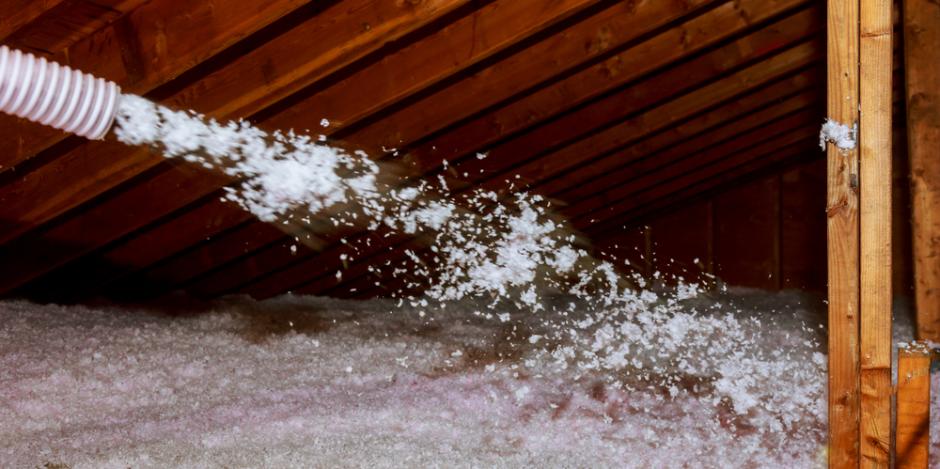In years past, home comfort was something you might be able to forget about as you went about the day to day. Getting out of the house to go to work, run errands, drop the kids off at school, or even social gatherings have provided respite from a drafty living room or a stuff bedroom— that is until we were all asked to stay safe by staying home!
If you have been spending more time at home, working remotely, or learning how to assist your child in “distance learning”, have you also noticed there are some areas of your home that won’t stay cool during the heat of the day? Perhaps you’ve even struggled with a frustratingly hot second floor, or cooling bills that have continued to rise. Insulation plays a pivotal role in keeping your home comfortable all year round—here is what you should know!
Sings Your House Is Underinsulated
Though we have already mentioned some of the signs your home may be suffering from outdated or insufficient insulation, there are also many other ways your insulation can affect your home, your comfort, your health, and your wallet:
- Recent or frequent pest infestations
- Inconsistent room-to-room temperatures
- Indoor drafts
- Excess moisture/humidity
- Ice dams in the winter
So, why is it that poor insulation can cause these annoying and uncomfortable issues?
How Insulation Is (Supposed) to Work
A common misconception about insulation is that it is only supposed to keep a home warm during the cold months. While it is true that insulation keeps the heat from a furnace or boiler from escaping your home in the winter, insulation can also prevent heat from infiltrating your home in the summer!
In the winter, the heat you depend on will search out colder temperatures, and it often escapes through the ceiling and out of the attic (if the attic is under-insulated or if there are air leaks). In the summer, the heat from the sun will similarly search out those colder temperatures, which this time of year will be in your air conditioned home. Insulation prevents that heat from moving through the building materials of your home, whether that heat wants to move into or out of your living space.
Installing insulation in key areas, like the attic, exterior walls, and even in the basement or crawl space, while air sealing the leaks in a home offer a potent one-two punch in the fight against energy loss.
How To Properly Install the Right Insulation Materials
If you suspect your home is under-insulated, you may be thinking “can’t I just install more insulation?” While we can’t blame you for thinking you can pile on some additional pink or yellow fluffy insulation in your attic, it is a little bit more complicated than that.
In order for new insulation to work properly, the old or outdated insulation needs to be removed. This is because old insulation has a tendency to develop problematic issues, like air pockets, mold, harmful particles from pest infestations, and other issues that prevent newer insulation from working properly. Plus, the insulation material that was originally installed may not be the best material for the comfort needs of your home!
At AAA Northgate, we offer professional installation of two different insulation materials to meet the comfort challenges we face in our Midwest climate, such as:
Dense Pack and Blown In Cellulose
Cellulose insulation is an environmentally friendly, flame-resistant insulation material that can be installed in dense pack form, or can be blown in using a specialized hose. It is made from recycled materials, and is known for its sound-reducing qualities in addition to offering a high R-Value (R-Value is a measurement for the effectiveness of insulation materials).
Spray Foam
Spray foam insulation is also a blown in insulation material. It also offers a high R-value, but because it is a chemical that expands as it is sprayed from another type of specialized hose, it also seals up any leaks or gaps that may be undermining the insulation in your home. Spray foam combines proper insulation with air sealing, for an air tight seal.
Call Peoria’s Trusted Insulation Contractor
By including insulation and air sealing in your home improvement plans, you are making the job of your heating and air conditioning much easier throughout the year, keeping your home comfortable and your energy costs as low as possible. If you have questions about how to determine the insulation needs of your home, schedule an energy audit with our team to pinpoint the areas your home may be losing energy!

